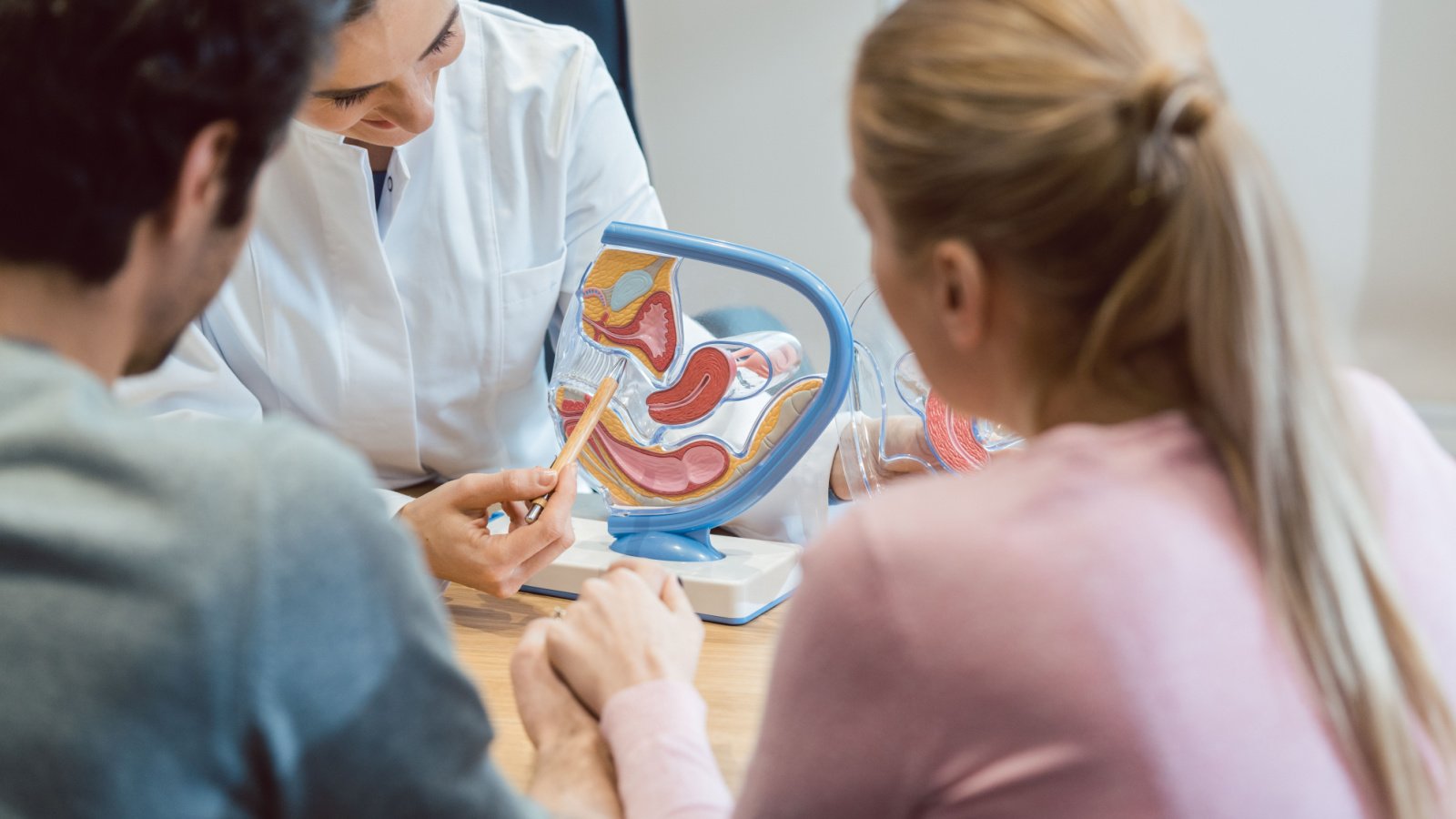Recognizing the signs that a loved one may be nearing the end of their life is crucial for providing appropriate care and support. From physical changes like decreased appetite and altered breathing patterns to emotional withdrawal, these indicators can help guide families and caregivers through a challenging time. Each symptom offers insights into the body’s natural process of shutting down, allowing for better preparation and understanding. This article delves into 21 key signs, offering a compassionate and informed perspective on end-of-life care.
Decreased Appetite

A noticeable reduction in appetite and food intake can be a sign that the body is beginning to shut down. As the end of life approaches, the body’s need for energy decreases, and the digestive system slows. This change is often accompanied by weight loss and weakness.
Increased Fatigue and Sleep

A person nearing the end of their life often experiences profound fatigue and spends more time sleeping. This increased need for rest is the body’s way of conserving energy and managing pain. Frequent naps and prolonged periods of sleep are common.
Withdrawal from Social Interaction

As death approaches, individuals may start to withdraw from family and friends. This withdrawal can manifest as a reduced interest in conversations and social activities. It is a natural part of the dying process, reflecting a shift in focus inward.
Changes in Breathing Patterns

Irregular breathing patterns, known as Cheyne-Stokes respiration, can occur as the body nears the end of life. This involves periods of rapid breathing followed by moments of no breathing at all. These changes can be distressing to observe but are a common part of the dying process.
Confusion and Disorientation

Cognitive changes such as confusion, disorientation, and memory loss can indicate that the end of life is near. These symptoms may result from reduced oxygen levels in the brain or changes in metabolism. Loved ones may notice the person becoming easily confused about time, place, and identity.
Decreased Urine Output

A significant decrease in urine output or dark-colored urine can be a sign that the kidneys are failing. This is a common occurrence in the final stages of life, reflecting the body’s reduced need for fluids and food. Monitoring fluid intake and output can help manage this symptom.
Swelling in Extremities

Swelling in the hands, feet, and ankles, known as edema, can occur as the body’s circulatory system slows down. This is often a sign that the heart is struggling to pump blood effectively. The accumulation of fluids in these areas is a common physical change at the end of life.
Coolness in the Extremities

Coolness in the hands, feet, and legs can indicate that circulation is slowing down, a common sign of approaching death. The body prioritizes vital organs, reducing blood flow to the extremities. This symptom often occurs in conjunction with mottled skin.
Increased Pain

Pain levels can increase as certain illnesses progress, requiring more intensive pain management. This can include the use of stronger medications or alternative pain relief methods. Effective pain control is crucial to maintaining comfort in the final days.
Altered Consciousness

Periods of altered consciousness, including unresponsiveness or semi-consciousness, can be a sign of impending death. These episodes may be intermittent or continuous, reflecting the body’s declining function. Loved ones should provide comfort and reassurance during these times.
Difficulty Swallowing

As the muscles weaken, swallowing can become more difficult, leading to choking or aspiration. This can result in a need for alternative feeding methods or changes in diet consistency. Ensuring the person remains comfortable and hydrated becomes a primary concern.
Digestive Changes

Digestive issues, such as constipation or incontinence, can indicate the body’s systems are slowing down. These changes require careful management to ensure comfort and dignity. Adjustments in diet and medication can help alleviate these symptoms.
Restlessness and Agitation

Some individuals may experience restlessness or agitation, known as terminal restlessness, in their final days. This can manifest as fidgeting, moaning, or attempts to get out of bed. It’s often managed with medication and supportive care to ensure the person remains calm and comfortable.
Reduced Communication

A noticeable decline in verbal communication can occur as energy levels drop and cognitive function decreases. This can include fewer spoken words or less coherent speech. Non-verbal communication, such as hand-holding and eye contact, becomes more important.
Changes in Skin Color

Changes in skin color, such as a bluish or mottled appearance, particularly in the extremities, can indicate poor circulation. These changes often occur in the final stages of life as the body’s systems begin to shut down. Providing warmth and comfort can help manage these symptoms.
Changes in Vital Signs

Vital signs, including blood pressure, heart rate, and body temperature, can fluctuate significantly. These changes often indicate that the body is slowing down and preparing for the end of life. Regular monitoring helps caregivers manage these transitions.
Loss of Interest in Activities

A person nearing the end of their life may lose interest in activities they once enjoyed. This withdrawal from hobbies and daily routines reflects their declining energy and changing priorities. Providing a calm and supportive environment helps maintain their comfort.
Persistent Cough

A persistent cough or difficulty breathing can indicate fluid build-up or other respiratory issues. This symptom often requires medical management to ensure the person’s comfort. Monitoring and addressing respiratory symptoms is crucial in end-of-life care.
Hallucinations

Hallucinations or visions of people who are not present can occur as part of the dying process. These experiences are usually not distressing to the individual and can provide comfort. Understanding this symptom can help caregivers respond with empathy and support.
Changes in Weight

Rapid weight loss or gain can occur as the body’s metabolism changes. These fluctuations are common in the final stages of life and reflect the body’s decreasing function. Ensuring proper nutrition and hydration, even in small amounts, can help manage these changes.
Emotional withdrawal

Emotional withdrawal, including a lack of interest in social interactions and daily activities, can be a sign of nearing the end of life. This behavior is often a way for individuals to prepare for the final stage of their journey. Providing emotional support and understanding is essential during this time.









Das Sportwetten-Angebot bietet wettbewerbsfähige Quoten, verschiedene Wettmärkte und Live-Optionen.
Evolution Gaming liefert den Großteil der Live-Tische und sorgt für flüssiges Gameplay und professionelles Dealer-Verhalten.
Der Live-Casino-Bereich bei Dragon Money bietet eine authentische Casino-Atmosphäre,
in der Spieler per HD-Videoübertragung mit echten Dealern interagieren können. Die
intuitive Benutzeroberfläche ermöglicht es Spielern, einfach
zwischen den Spielkategorien zu navigieren und neue
Titel zu entdecken. Tischspiele umfassen beliebte Varianten von Blackjack, Roulette, Baccarat und Poker.
Die Plattform umfasst Hunderte von Spielautomaten, klassische Tischspiele, Live-Dealer-Tische und eine umfassende Sportwetten-Sektion.
Das Blackjack in Dragon Money hat die besten Auszahlungsquoten, die ich je in casinos gesehen habe.
Die Plattform ist benutzerfreundlich, mobil optimiert und bietet innovative Spiele.
Von klassischen Slots über Tischspiele bis hin zu eigenen „Fast Games“ – Dragon Money
bietet eine gute Mischung bekannter und eigenentwickelter Spiele.
Das Support-Team ist rund um die Uhr verfügbar
und bietet schnelle sowie professionelle Unterstützung.
Der finale Willkommensbonus bietet 225% bis zu 2250 EUR zusammen mit 200 Freispielen. Dragon Money Casino wirbt häufig mit Willkommensboni, Turnieren und Cashback-Aktionen, vor allem für neue Nutzer und Vielspieler.
Dragon Money ist eine Online-Glücksspielplattform, die eine breite Palette an Spieloptionen bietet, darunter Spielautomaten, Tischspiele, Live-Casino und Sportwetten. Die zweite
Einzahlung wird mit einem 150% Bonus bis zu 300 EUR und 50 Freispielen belohnt.
Neue Spieler erhalten einen 100% Bonus bis zu 50 EUR sowie 25 Freispiele bei einer Mindesteinzahlung von 10
EUR.
References:
https://online-spielhallen.de/kings-casino-rozvadov-spiele-events-e1m/